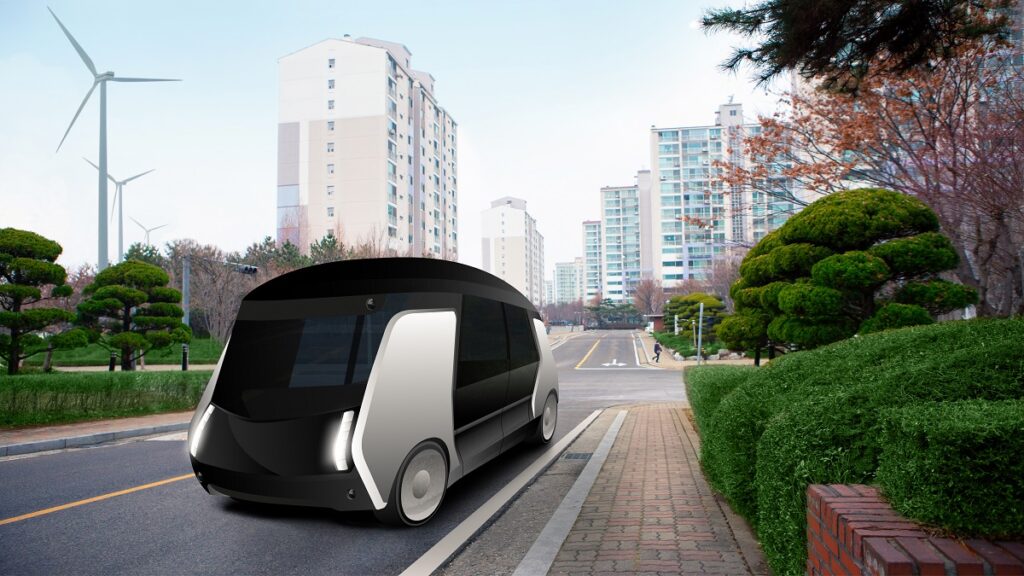Robotaxis are putting rubber to the road as Amazon-owned autonomous vehicle company Zoox announced it is testing its self-driving vehicles on public streets in California with passengers on board.
The vehicles, with two double doors on either side, have two rows of seats facing each other and sees four passengers being ferried to their destination all without the use of any driver. The robotaxis measure 63 metres long; can reportedly travel at speeds up to 75mph and run 16 hours on a charge on its 133kWh battery packs. They also have no steering wheel or pedals and have bidirectional driving capabilities and four-wheel steering, enabling them to change directions without the need to reverse.
The tests are currently limited to shuttling Zoox employees on a mile route between two of its office buildings at the company HQ in a journey that sees it reach speeds of up to 35mph.
An initial run with employees on board has already been completed on the vehicle which the company claim to have already built “dozens” of. The company state the event marked the first time in history that a purpose-built autonomous robotaxi without traditional driving controls carried passengers on open public roads.
Zoox’s first unveiled its custom-built, electric robotaxi in 2020, the same year Amazon acquired it, and the company claim to have completed “rigorous” testing with the vehicles on private roads. It also ran its L3 test fleet over a million autonomous miles on data-gathering missions in San Francisco, Las Vegas, and Seattle.
Autonomous vehicles have experienced a slow development and set back to what was first anticipated, with automakers Ford and Volkswagen shuttering their Argo AI self-driving unit to focus on driver-assistance technology last autumn.
Yet companies still pursuing development of this technology include General Motors’ (GM) and Alphabet. GM has developed an autonomous shuttle called Origin which does not have manual controls, and Alphabet’s Waymo last year received approval to roll out its driverless taxi services in California and charge passengers for the rides.
All companies testing these vehicles on public roads in California are required to report every time their system disengages or whenever a human driver has to take over for the autonomous system. Yet Zoox currently doesn’t refer to these incidents as disengagements, so does not report them to the state. The company also claim its vehicles meet Federal Motor Vehicle Safety Standards, therefore it won’t seek any waiver to put them into use on public roads.
Other forms of self-driving shuttle have been trialled elsewhere around the world, with a self-driving bus recently taking 22 passengers on a trip near Edinburgh. The success of which will see five self-driving shuttles run a route between the Scottish capital and Fife come spring.
According to StockApps.com, the robotaxi market could be valued as high as $4tn by 2027.
There’s also plenty of other automotive editorial at IoT Insider’s sister publication, Electronic Specifier. And you can always add to the discussion at our comments section below or on our LinkedIn page here.
